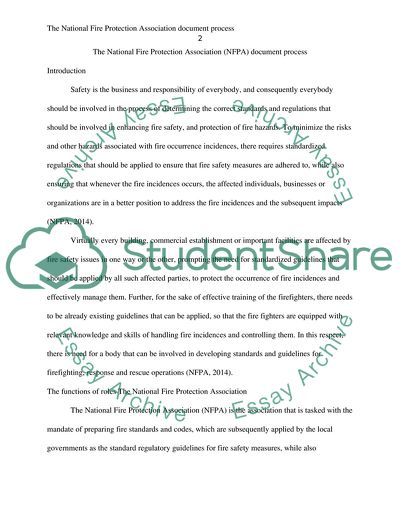Cite this document
(The National Fire Protection Association Document Process Research Paper, n.d.)
The National Fire Protection Association Document Process Research Paper. Retrieved from https://studentshare.org/social-science/1808165-research
The National Fire Protection Association Document Process Research Paper. Retrieved from https://studentshare.org/social-science/1808165-research
(The National Fire Protection Association Document Process Research Paper)
The National Fire Protection Association Document Process Research Paper. https://studentshare.org/social-science/1808165-research.
The National Fire Protection Association Document Process Research Paper. https://studentshare.org/social-science/1808165-research.
“The National Fire Protection Association Document Process Research Paper”, n.d. https://studentshare.org/social-science/1808165-research.


